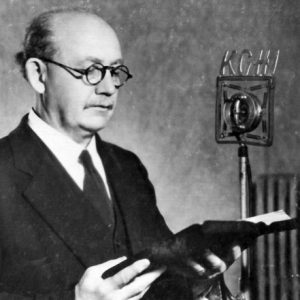 Benjamin Bogard
Benjamin Bogard
Time Period: Early Twentieth Century (1901 - 1940) - Starting with B
 Benjamin Bogard
Benjamin Bogard
Bogard, Benjamin Marcus
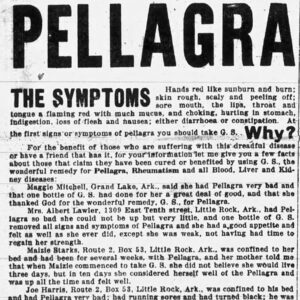 Bogus Cure
Bogus Cure
Bohlinger, Neill
Bolling, Raynal Cawthorne
 Raynal C. Bolling
Raynal C. Bolling
Bonanza Race War of 1904
 Scott Bond's House
Scott Bond's House
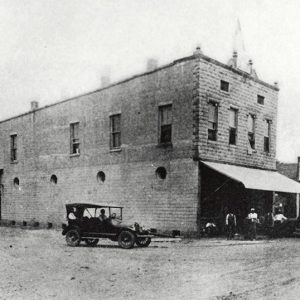 Bond Store
Bond Store
 Scott Bond Family
Scott Bond Family
 Scott Bond Office
Scott Bond Office
 Scott Bond Family
Scott Bond Family
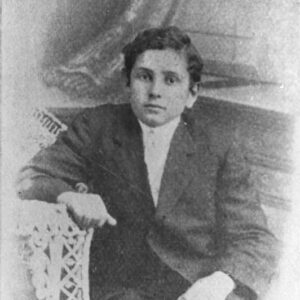 Ulysses Bond
Ulysses Bond
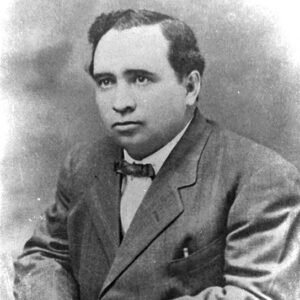 Waverly Bond
Waverly Bond
 Boniface Letter
Boniface Letter
Bonnie and Clyde
aka: Barrow Brothers
aka: Barrow Gang
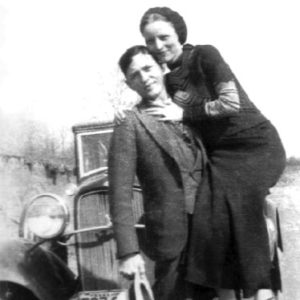 Bonnie and Clyde
Bonnie and Clyde
 Bonnie and Clyde "Death Car" Handbill
Bonnie and Clyde "Death Car" Handbill
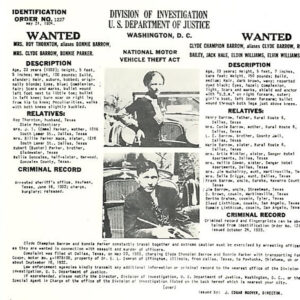 Bonnie and Clyde Wanted Poster
Bonnie and Clyde Wanted Poster
 Connie Bonslagel Editorial
Connie Bonslagel Editorial
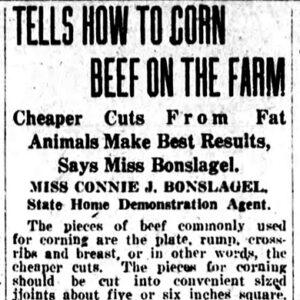 Connie Bonslagel Article
Connie Bonslagel Article
Bonslagel, Constance Josephine (Connie)
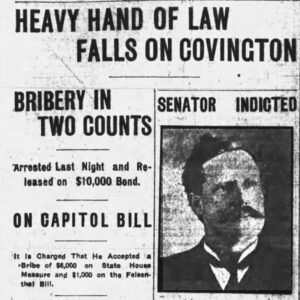 Boodle Indictment of Covington
Boodle Indictment of Covington
 Boodle Indictment of Butt
Boodle Indictment of Butt
Boodle Prosecutions
aka: Boodle Scandal of 1905–1908
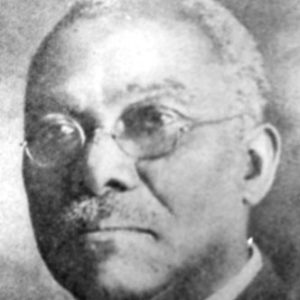 Joseph A. Booker
Joseph A. Booker
Booker, Joseph Albert
Booker, Joseph Robert
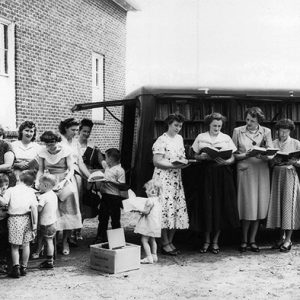 Bookmobile
Bookmobile
Boone County Courthouse
 Booneville
Booneville
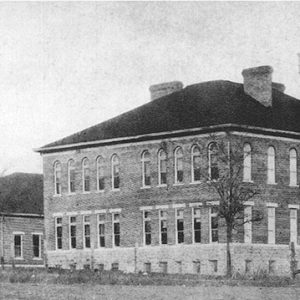 Booneville High School
Booneville High School
 Booneville Bank
Booneville Bank
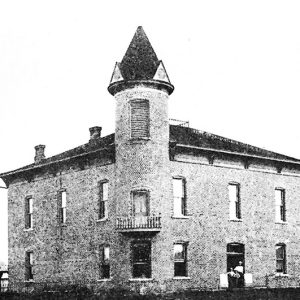 Booneville Courthouse
Booneville Courthouse
 Booneville Street Scene
Booneville Street Scene
 William Booth
William Booth
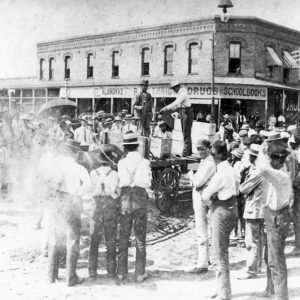 Bootlegged Liquor
Bootlegged Liquor
 Boston Red Sox
Boston Red Sox
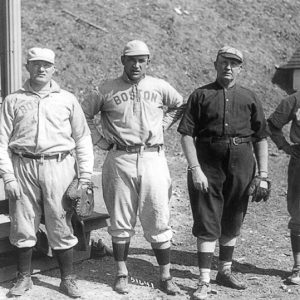 Boston Red Sox
Boston Red Sox
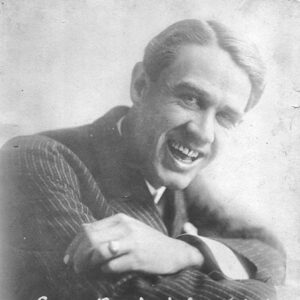 Leon Kendall Bostwick, Flu Victim
Leon Kendall Bostwick, Flu Victim
Boswell School
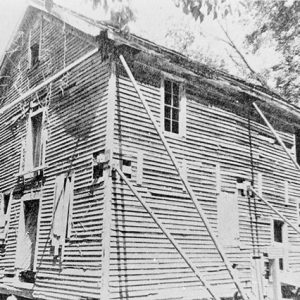 Boxley Mill
Boxley Mill
 Boyd's Store
Boyd's Store
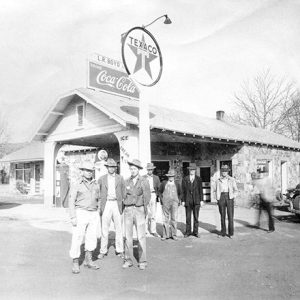 Boyd's Texaco
Boyd's Texaco
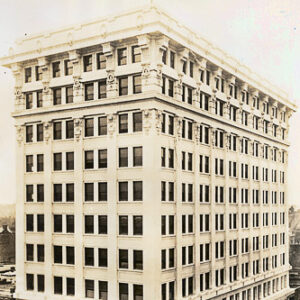 Boyle Building
Boyle Building
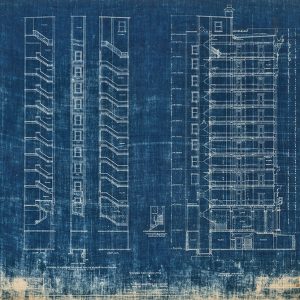 Boyle Building
Boyle Building
Boyle Park
 Boyle Park Plan
Boyle Park Plan
Boyle, John
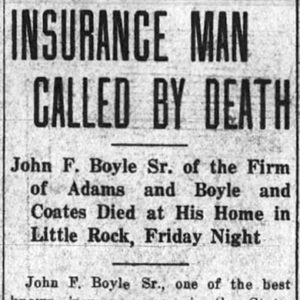 John Boyle Sr. Death Notice
John Boyle Sr. Death Notice




